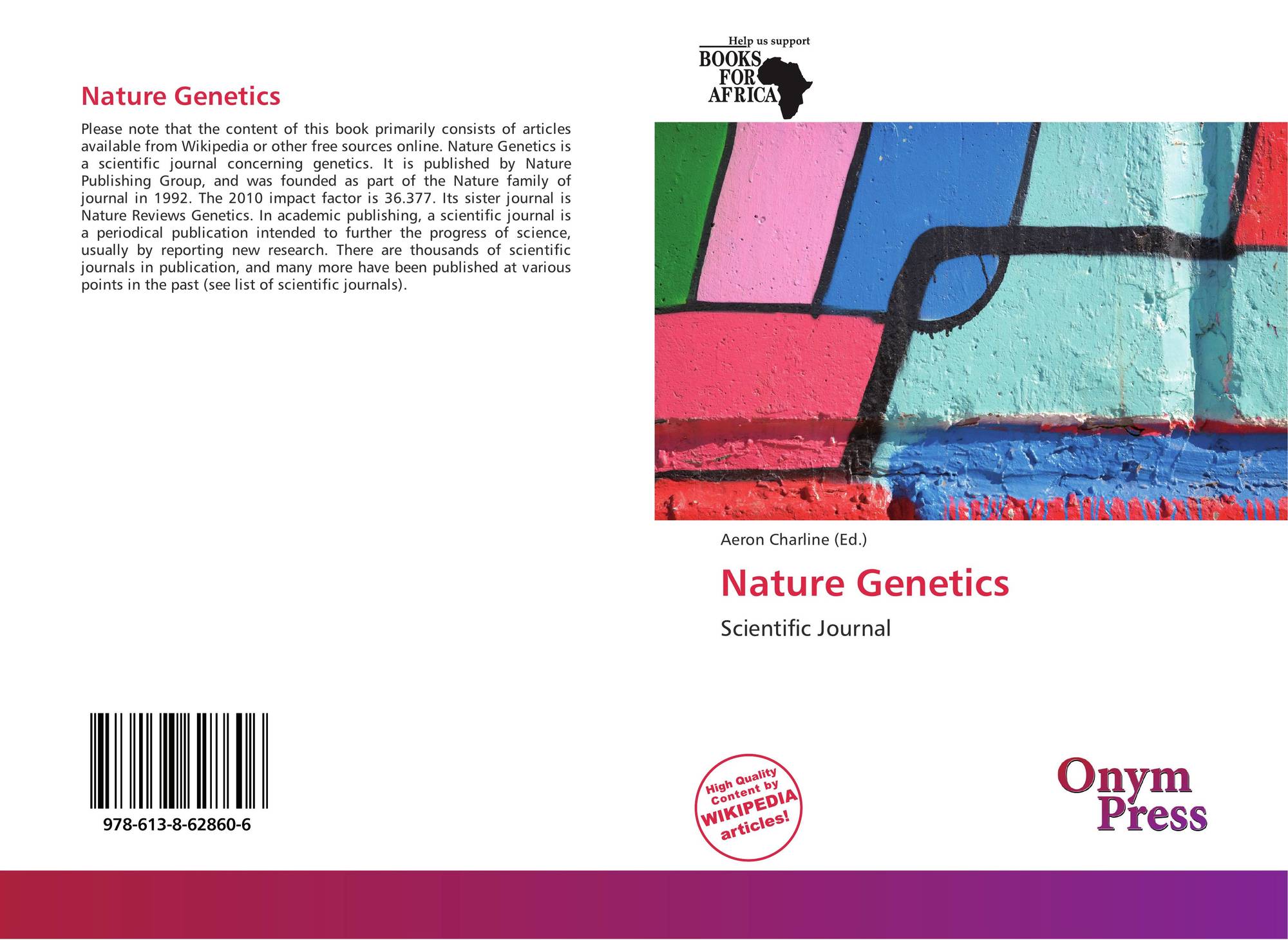
The limited evidence from SCZ GWASs and CNV studies of non-EUR populations suggests broadly shared genetic architecture with that of EUR populations, but ancestry-specific effects, such as the major histocompatibility complex locus in EUR populations, are also present 18, 19, 20, 21, 22, 23, 24. Studies of mental illness have contributed to this disparity with almost exclusively EUR GWAS cohorts despite the roughly equal prevalence of psychiatric disorders worldwide 17. Over 80% of genome-wide association study (GWAS) participants are of EUR ancestry, despite this group comprising less than one-quarter of the total human population 15, 16. Most large-scale human genetics research initiatives to date have failed to include diverse populations. Whole-exome sequencing (WES) and whole-genome sequencing (WGS) remain cost prohibitive when applied at large scales, and targeted sequencing of carefully chosen genes is an alternative approach to rapidly achieve the required sample size for novel risk gene discovery. When considered alongside earlier studies, these results suggest that, with greater sample sizes, additional SCZ genes harboring rare PTVs will be discovered. Most recently, the Schizophrenia Exome Sequencing Meta-Analysis (SCHEMA) Consortium increased the sequenced sample size for rare PTV investigations to 24,248 SCZ cases and 97,322 controls, established the rare PTV enrichment in genes under strong evolutionary constraint and identified ten genes with excess burden of rare PTVs in cases compared with controls 1. Among these, rare PTVs provide unique value by linking disease risk to individual genes unambiguously. The genetic architecture of SCZ includes clear contributions from common single-nucleotide polymorphisms (SNPs) 5, large copy number variants (CNVs) 6 and rare PTVs 1, 7, 8, 9, 10, 11, 12, 13, 14. SCZ is a severe, chronic psychiatric illness associated with lifelong progression and early mortality 2, 3, 4. Overall, our results lend robust support to the rare allelic spectrum of the genetic architecture of SCZ being conserved across diverse human populations. Two genes ( SRRM2 and AKAP11) were newly implicated as SCZ risk genes, and one gene ( PCLO) was identified as shared by individuals with SCZ and those with autism. In meta-analyses with existing datasets totaling up to 35,828 cases and 107,877 controls, this excess burden was largely consistent across five ancestral populations. Replicating earlier work, we found that cases carried a significantly higher burden of rare protein-truncating variants (PTVs) among evolutionarily constrained genes (odds ratio = 1.48 P = 5.4 × 10 −6). To address this gap, we designed a custom sequencing panel of 161 genes selected based on the current knowledge of SCZ genetics and sequenced a new cohort of 11,580 SCZ cases and 10,555 controls of diverse ancestries. This recent study-and most other large-scale human genetics studies-was mainly composed of individuals of European (EUR) ancestry, and the generalizability of the findings in non-EUR populations remains unclear.

A recent landmark SCZ study of the protein-coding regions of the genome identified a causal role for ten genes and a concentration of rare variant signals in evolutionarily constrained genes 1. Schizophrenia (SCZ) is a chronic mental illness and among the most debilitating conditions encountered in medical practice.

Nature Genetics volume 55, pages 369–376 ( 2023) Cite this article Psychiatric Genomics Consortium Phase 3 Targeted Sequencing of Schizophrenia Study Team,.Schizophrenia risk conferred by rare protein-truncating variants is conserved across diverse human populations


 0 kommentar(er)
0 kommentar(er)
